Long-haul flights can test even the most seasoned traveler’s patience. Hours confined to a metal tube hurling through the sky at 500 miles per hour often lead to stiffness, dehydration, disrupted sleep patterns, and general discomfort. Yet many destinations worth visiting require enduring these marathon journeys—those magical two weeks in Bali or that business meeting in Singapore aren’t getting any closer to home.
Here’s a list of 20 practical ways to transform your next long-haul flight from an endurance test into a more comfortable, restful experience that won’t leave you feeling like you’ve been through the wringer.
Choose Your Seat Strategically

The difference between an aisle and a window seat isn’t just about the view—it’s about your comfort strategy during those endless hours. Window seats give you something to lean against and control over the window shade, while aisle seats offer freedom of movement without disturbing others.
Consider your priorities: sleep typically favors windows, while frequent bathroom trips or stretching call for an aisle position.
Dress in Breathable Layers

Airport terminals might be freezing, your flight might be scorching, and then it might be freezing again—it’s temperature roulette at 35,000 feet. Smart travelers wear multiple thin layers made from natural fabrics like cotton, merino wool, or bamboo that can be added or removed as needed.
Skip anything with tight waistbands or restrictive seams that might cut into your skin during those hours of sitting.
Like Travel Pug’s content? Follow us on MSN.
Invest in Quality Noise-Canceling Headphones

The constant drone of aircraft engines creates a particular kind of exhaustion that many travelers don’t even realize is affecting them. Quality noise-canceling headphones dramatically reduce this aural assault, creating a bubble of relative quiet that helps you rest, focus on entertainment, or simply exist without the mental fatigue caused by persistent background noise.
They’re worth every penny for frequent flyers.
Pack a Well-Thought-Out Comfort Kit
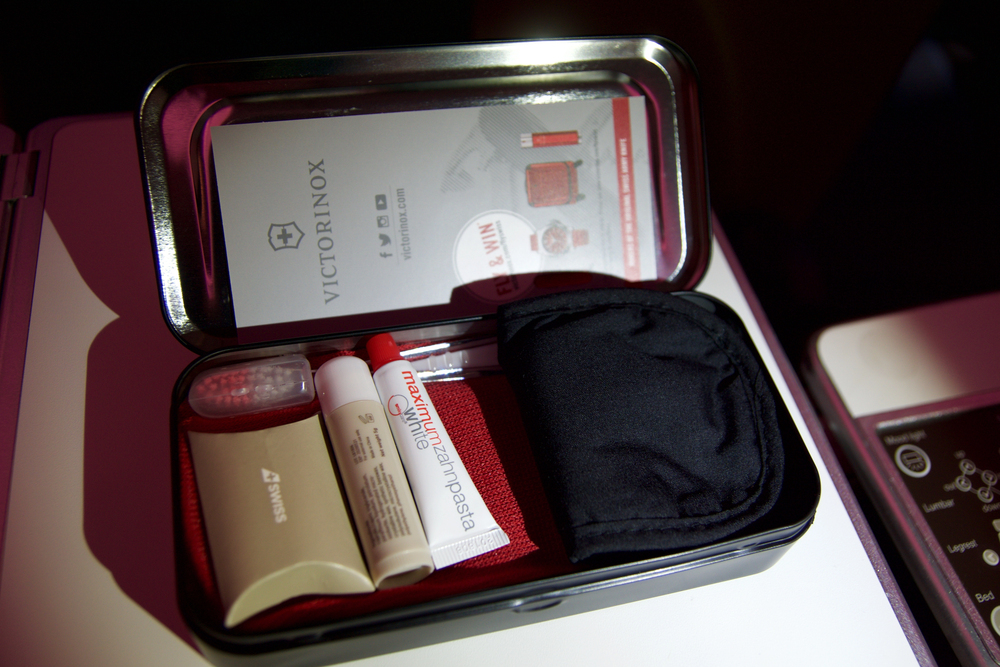
A thoughtfully prepared comfort kit can transform your in-flight experience from merely tolerable to almost pleasant. Include lip balm and facial moisturizer to combat the desert-like cabin air, an eye mask that doesn’t press uncomfortably against your eyelids, earplugs as a backup to headphones, and a small bottle of lavender essential oil for its calming properties.
These small items take up minimal space but deliver maximum comfort.
Stay Seriously Hydrated

Aircraft cabins typically maintain humidity levels around 10-20% — drier than many deserts — leaving your body desperately craving moisture. Bring an empty water bottle through security and fill it before boarding, then ask flight attendants to top it off throughout the flight.
Aim for 8 ounces of water every hour you’re in the air, regardless of whether you feel thirsty.
Like Travel Pug’s content? Follow us on MSN.
Move Regularly Despite the Cramped Space
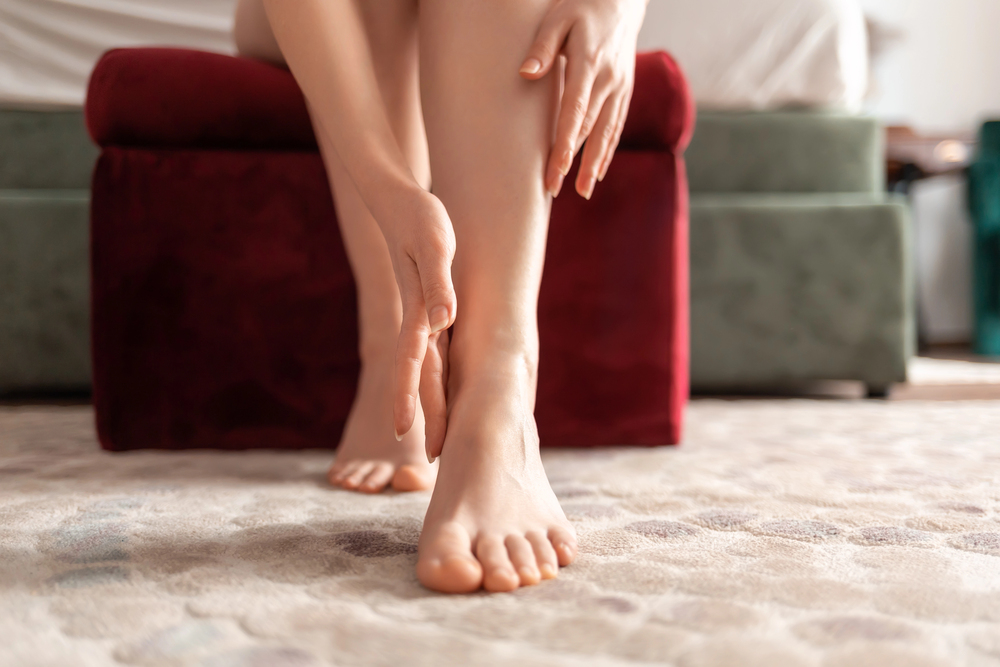
Sitting motionless for hours isn’t just uncomfortable — it’s potentially dangerous due to the increased risk of deep vein thrombosis. Set hourly reminders to perform simple seated stretches: ankle circles, shoulder rolls, neck stretches, and gentle twists.
When possible, walk the aisle length, do gentle standing stretches near the galleys, or perform modified yoga poses in available spaces.
Time Your Sleep Strategically

Adapting to your destination’s time zone begins the moment you board, not when you land. If it’s nighttime at your destination during your flight, make every effort to sleep during those hours using eye masks, earplugs, and perhaps mild, natural sleep aids like melatonin (after consulting your doctor).
For daytime hours at your destination, stay awake with light activity, conversation, or engaging entertainment.
Choose Your In-Flight Meals Carefully

Airline food often contains excess sodium and preservatives that can leave you feeling bloated and uncomfortable in an already confined space. Consider requesting special meals that tend to be fresher, like vegetarian or Mediterranean options, which are usually prepared more recently than standard meals.
Some frequent flyers even bring their own simple, clean foods like nuts, fresh fruits, or quality protein bars.
Like Travel Pug’s content? Follow us on MSN.
Harness Technology to Your Advantage
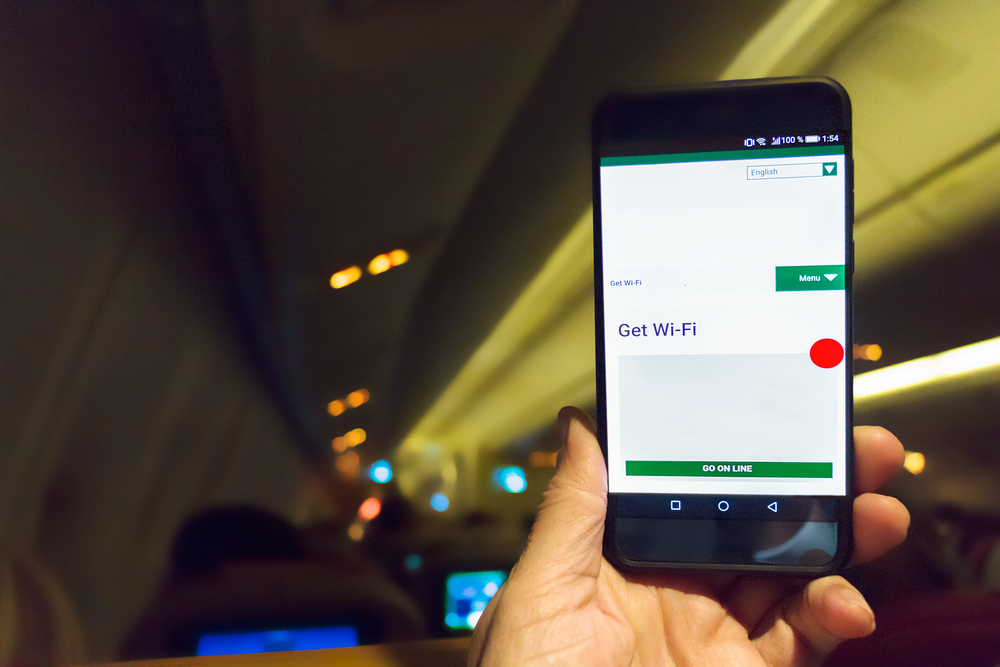
Load your devices with media that actually helps you relax rather than just pass the time. Consider guided meditations specifically designed for flight anxiety, sleep-promoting ambient sounds, audiobooks with calming narrators, or podcasts that engage your mind without requiring visual attention.
Offline access is crucial since in-flight Wi-Fi remains notoriously unreliable.
Use Compression Socks Without Embarrassment
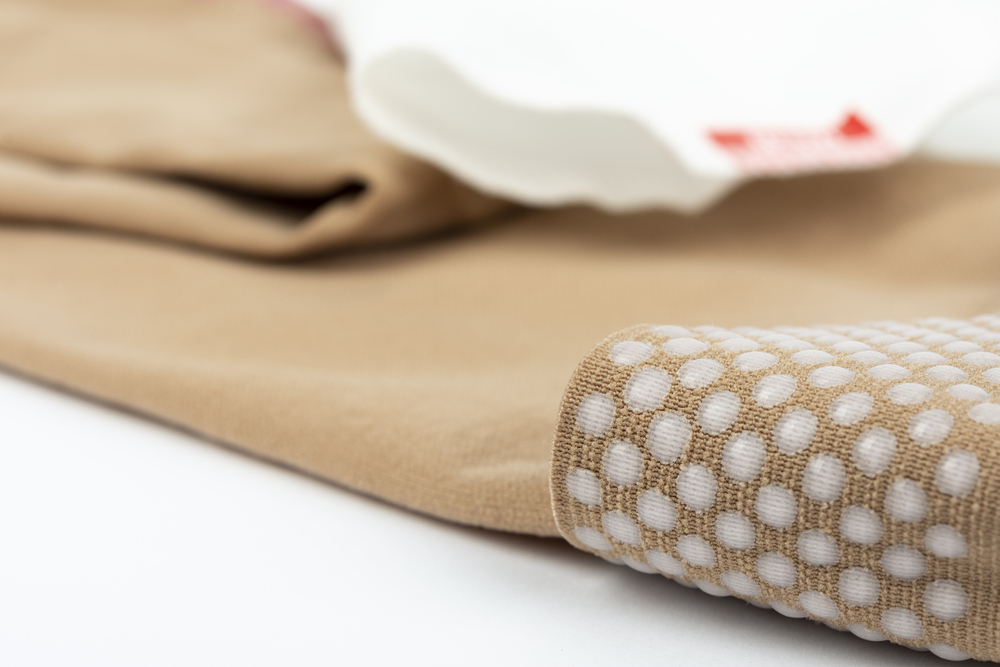
Ignore any self-consciousness about wearing compression socks — they’re a game-changer for circulatory health during long periods of immobility. The gentle pressure promotes blood flow and reduces swelling in your legs and feet, potentially preventing more serious circulatory issues.
Newer designs look almost indistinguishable from regular socks while providing crucial health benefits.
Protect Your Skin From Dry Cabin Air
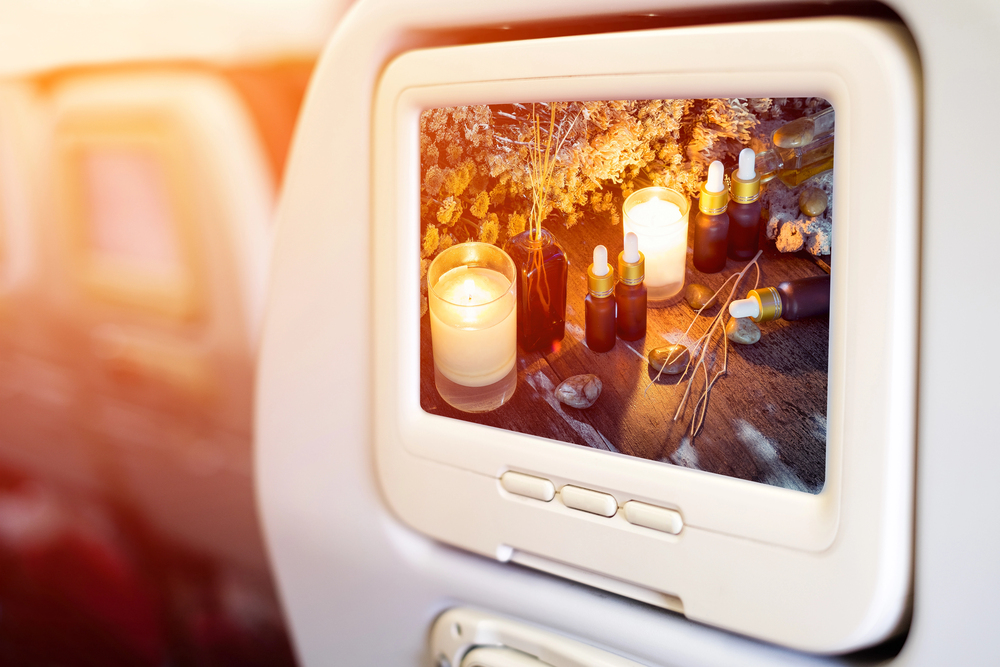
The moisture-sapping environment of an airplane cabin can leave your skin feeling tight, itchy, and irritated within just a few hours. Apply a rich, fragrance-free moisturizer before your flight, and reapply during longer journeys, particularly to exposed areas like hands and face.
Consider using a hydrating facial mist containing ingredients like glycerin or hyaluronic acid for occasional refreshment.
Like Travel Pug’s content? Follow us on MSN.
Develop a Mini Stretching Routine

Create a discrete set of exercises you can perform without annoying your seatmates or blocking the aisles. Simple movements like seated spinal twists, ankle rotations, shoulder rolls, and gentle neck stretches can be done without drawing attention.
The cumulative effect of these small movements significantly reduces stiffness and improves circulation during long flights.
Be Strategic About Alcohol and Caffeine

Though tempting, both alcohol and caffeine can worsen the dehydrating effects of air travel and disrupt your sleep cycle. If you choose to indulge, follow each alcoholic or caffeinated beverage with at least 12 ounces of water to counteract dehydration.
Better yet, consider eliminating both during your flight and resuming normal consumption after landing.
Prepare Entertainment That Requires Concentration
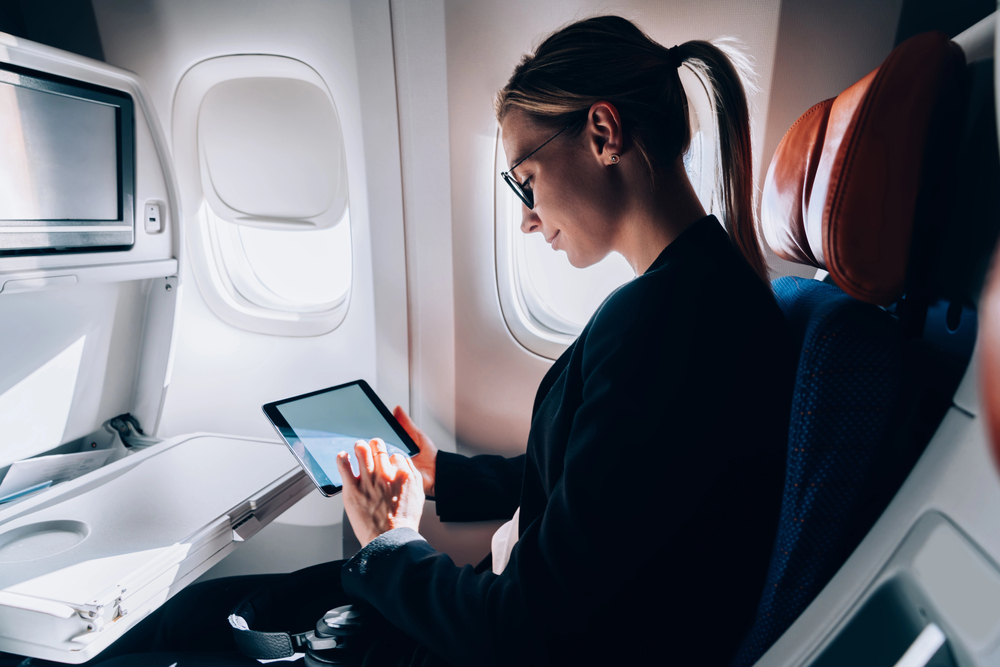
Choose activities that fully engage your mind, making time pass more quickly than passive entertainment. Complex puzzles, language learning apps, absorbing audiobooks, or detailed journal writing can create flow states where you’ll barely notice the hours passing.
Having a variety of these activities prevents the boredom that makes flights feel interminable.
Like Travel Pug’s content? Follow us on MSN.
Support Your Neck Properly
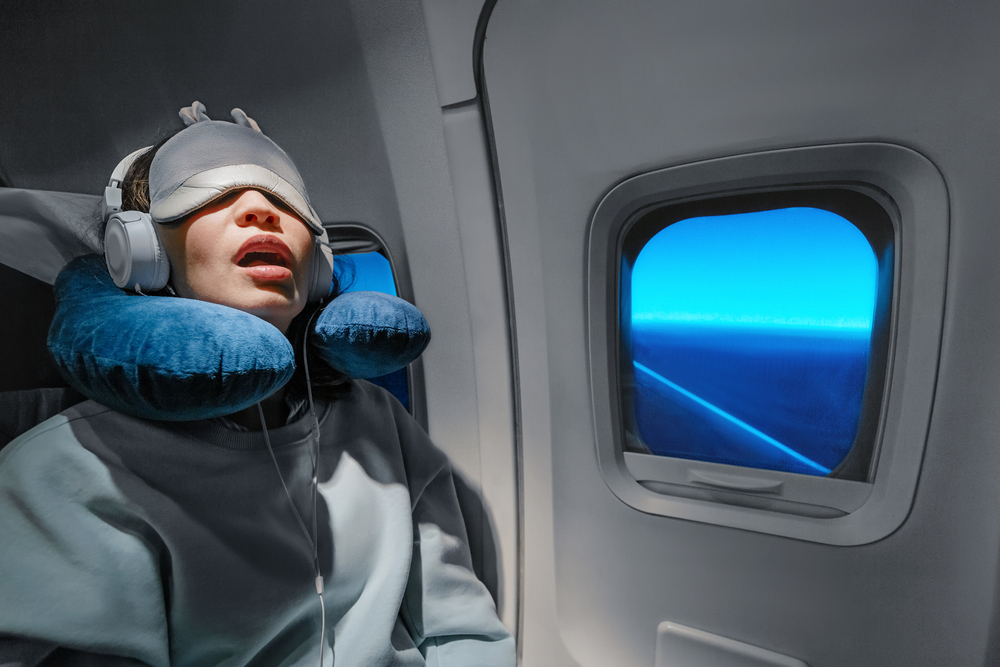
Standard airline pillows provide negligible support for your neck during sleep attempts. Invest in a quality travel pillow that properly supports your head’s weight and maintains spinal alignment.
Modern designs include memory foam, inflatable options with adjustable firmness, or even elaborate contraptions that attach to headrests — experiment to find what works with your sleeping style.
Pack a Freshen-Up Kit for Long Layovers

For particularly long journeys with layovers, prepare a small kit with essentials that help you feel human again: a travel toothbrush and toothpaste, face wipes, deodorant, and perhaps a clean t-shirt. Just five minutes of refreshing yourself during a connection can dramatically improve your outlook for the next flight segment.
Manage Ear Pressure Effectively
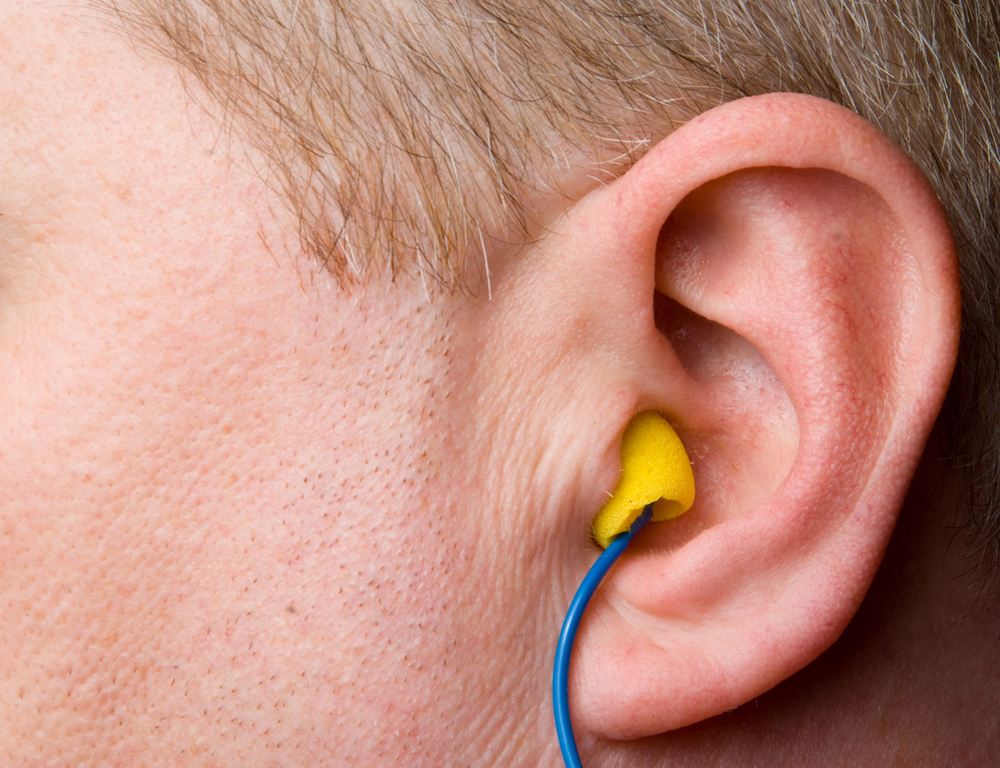
Many travelers experience ear discomfort during ascent and descent, which can sometimes linger for hours after landing. Pack non-medicated chewing gum to use during altitude changes, as the chewing motion helps equalize pressure.
For more severe issues, consider special earplugs designed for air travel that regulate pressure changes, or learn the Valsalva maneuver from your doctor.
Like Travel Pug’s content? Follow us on MSN.
Bring an Emergency Comfort Food
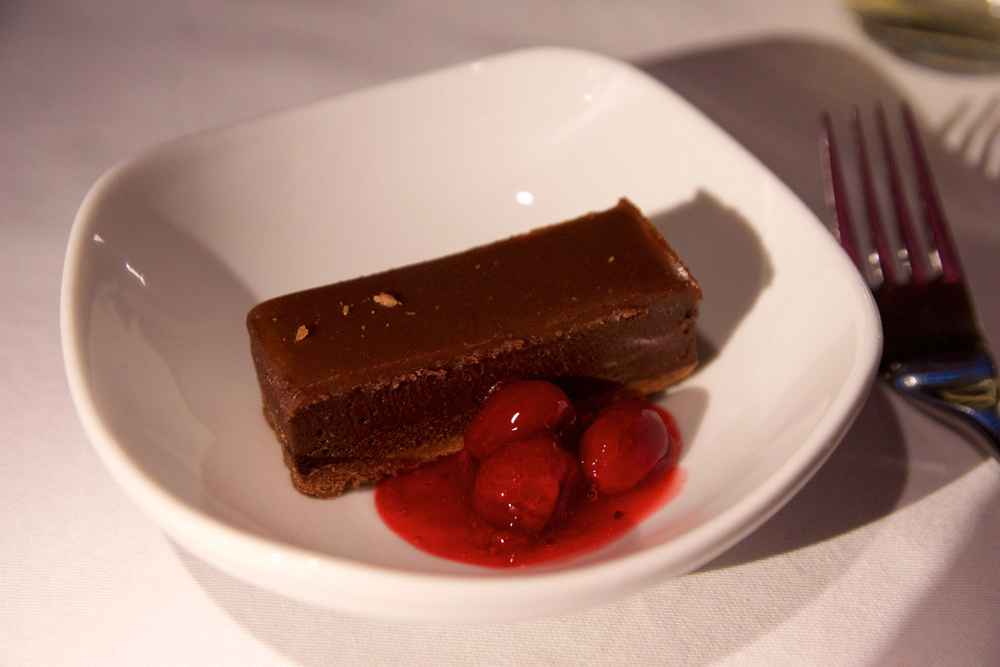
Sometimes, airline food simply won’t cut it, or delays leave you hungry at odd hours. Pack one comfort food item that travels well, provides genuine satisfaction, and doesn’t rely on refrigeration.
Dark chocolate, quality trail mix, or artisanal jerky can give a moment of culinary pleasure amid the generally bland experience of air travel.
Create a Sleep-Inducing Routine

Signal to your body that it’s time to rest by developing a compact version of your usual bedtime routine that’s adaptable to flight conditions. This might include gentle face washing, applying hand cream, a few sips of herbal tea, reading a few pages of a physical book, or listening to the same calming playlist you use at home. Consistency helps trigger your body’s sleep response.
Practice Mindfulness During Turbulence
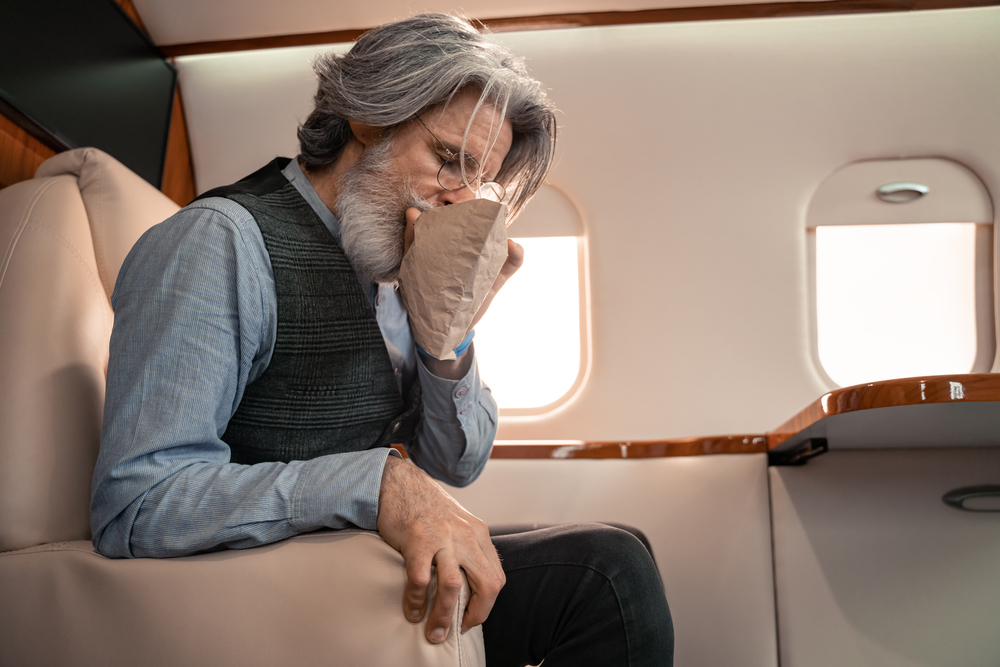
For many travelers, turbulence creates significant anxiety that makes flights feel far longer and more stressful than necessary. Rather than white-knuckling through rough air, practice mindful awareness: notice the sensations without judgment, maintain deep, regular breathing, and remind yourself that modern aircraft are engineered to handle substantial turbulence with ease.
Like Travel Pug’s content? Follow us on MSN.
The Journey Becomes Part of the Adventure
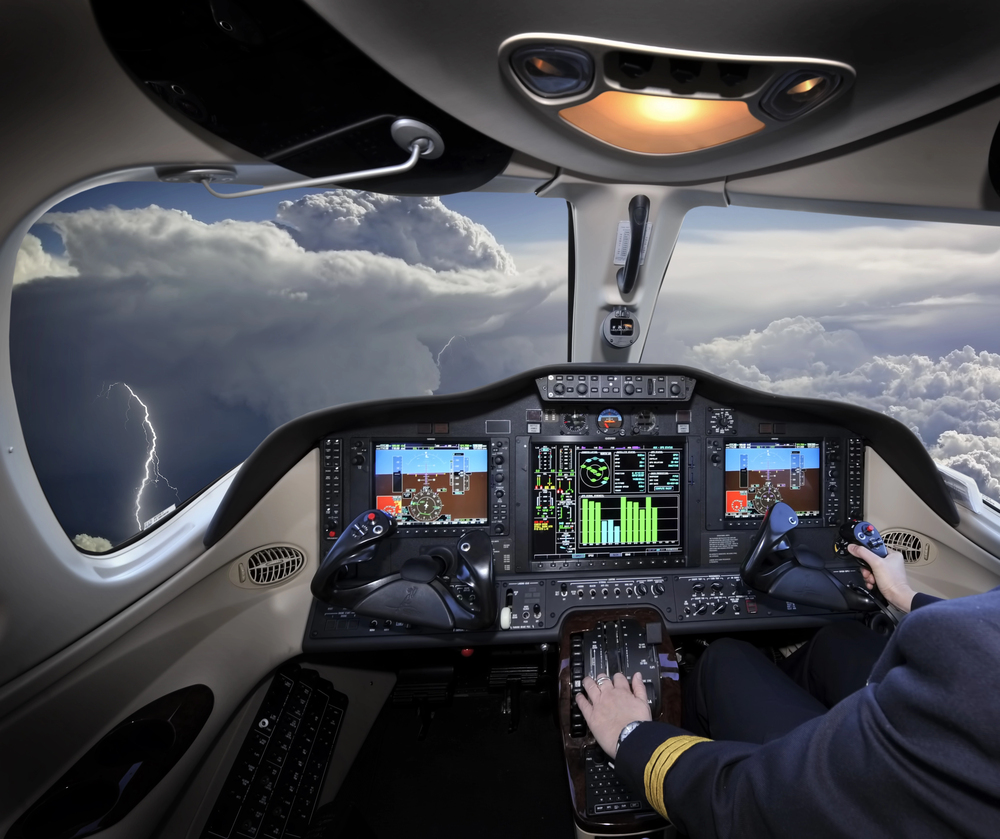
Transcending the traditional view of flights as mere transportation to endure, seasoned travelers have learned to incorporate the journey into their overall travel experience. With thoughtful preparation and the right mindset, even a 16-hour flight can become a rare opportunity for uninterrupted reading, reflection, or simply disconnecting from the constant demands of connected life.
By reframing long-haul flights as a unique interlude rather than an ordeal to be survived, the journey itself becomes valuable — a transition space between your everyday world and the adventures awaiting your destination.
More from Travel Pug

- 20 Destinations That Were Once Thriving but Are Now Quietly Disappearing
- 15 Hidden Spots in Disney World’s Magic Kingdom Most Visitors Miss
- 20 Once-Popular Beach Towns That Are Now Ghostly Empty
- 20 Beautiful US Lakefront Towns Where You Can Live for Under $2000 a Month
- 20 Caribbean Islands That Are Safer Than People Think
Like Travel Pug’s content? Follow us on MSN.
